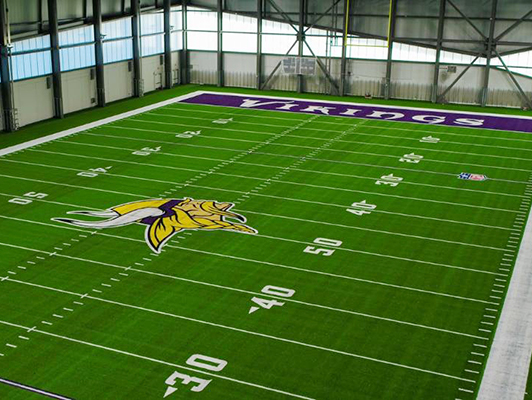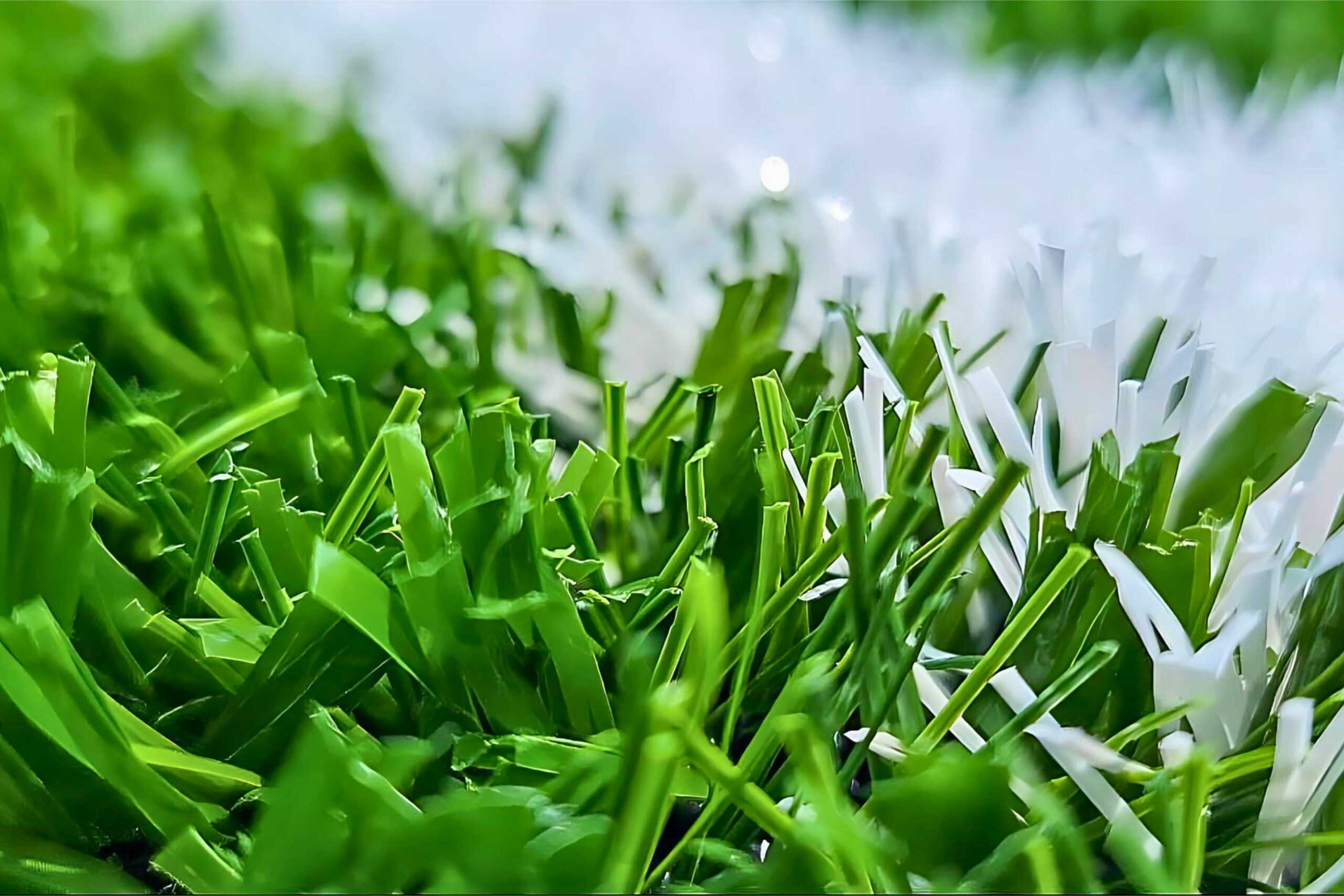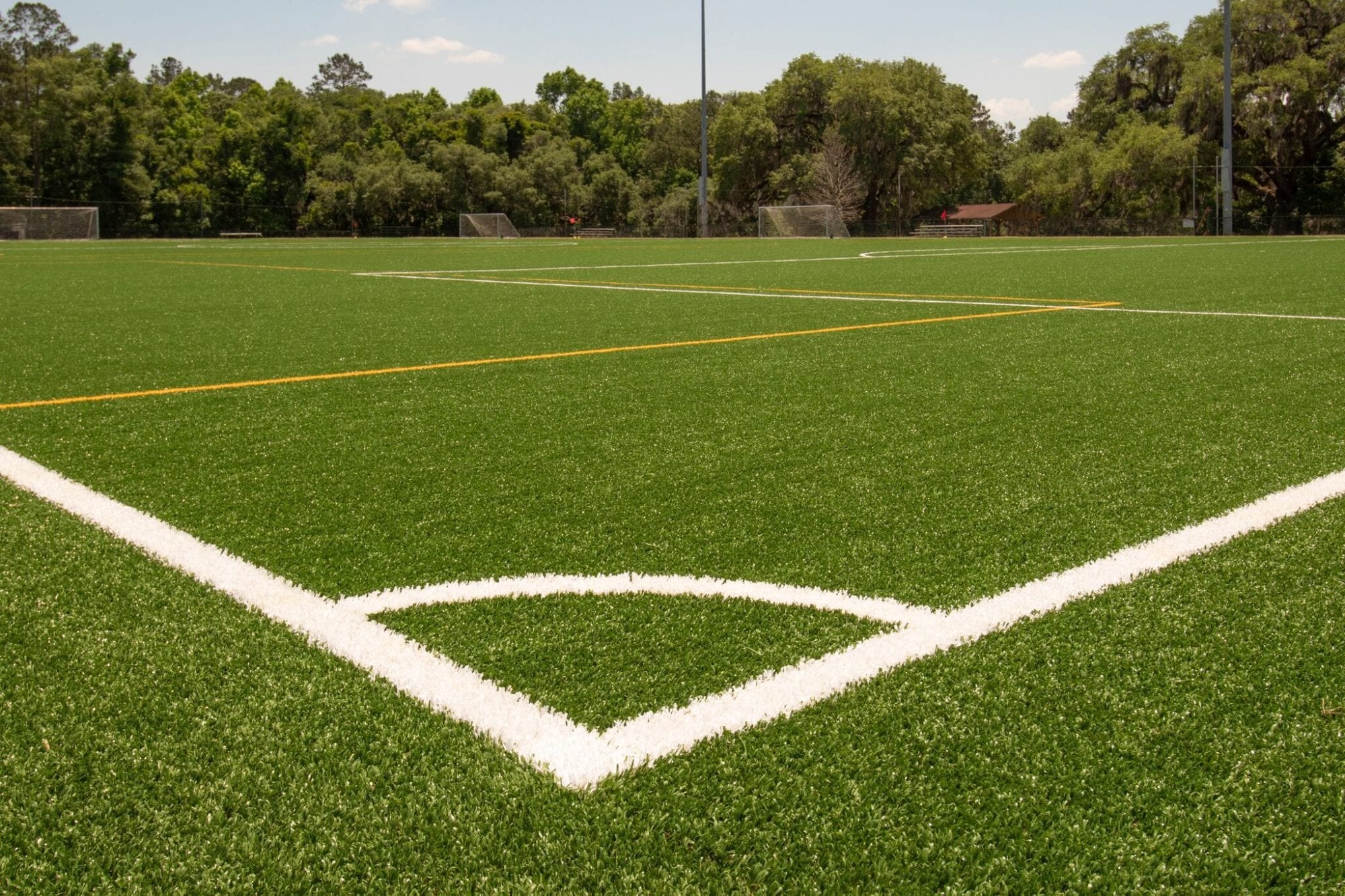Delve Into the Environmental Benefits of Opting for Synthetic Grass Solutions
The fostering of fabricated turf options presents an engaging possibility to attend to pressing ecological obstacles. By dramatically minimizing water usage and reducing the application of unsafe chemicals, these options not only promote sustainable landscape design yet also safeguard local ecological communities.
Water Preservation Conveniences
One of one of the most considerable benefits of artificial grass is its capacity to conserve water. Conventional lawn lawns require significant watering, particularly in locations prone to drought or water limitations. On the other hand, synthetic grass does not need watering, significantly reducing the total demand for water sources. This attribute is specifically helpful in dry areas where water deficiency is a pressing worry.
By removing the demand for normal watering, synthetic grass contributes to lasting landscape practices and helps reduce the environmental impact of excessive water consumption. The preservation of water expands to the reduction of overflow, which can lead to soil erosion and waterway air pollution.
Additionally, the installation of fabricated turf allows property owners and municipalities to designate water sources more successfully, concentrating on important usages such as alcohol consumption water and agriculture. The change in the direction of synthetic grass not only promotes accountable water use however additionally aligns with broader ecological objectives targeted at preserving natural deposits.
As areas increasingly prioritize sustainability, the water preservation advantages of artificial turf present an engaging instance for its fostering in property and industrial landscaping tasks.
Reduced Chemical Use
The change to synthetic grass dramatically decreases the dependence on chemical treatments typically utilized in all-natural grass upkeep. Traditional turf monitoring commonly entails the application of herbicides, chemicals, and fertilizers to advertise growth and control pests. These chemicals can posture threats to human health, local wild animals, and the atmosphere, adding to dirt and water contamination.
In contrast, synthetic lawn eliminates the demand for these dangerous materials. By minimizing the launch of artificial substances right into the environment, fabricated turf promotes much healthier soil and water systems.
Additionally, the lack of chemical runoff connected with artificial grass installations aids protect local rivers from air pollution, sustaining aquatic life and preserving biodiversity. Phoenix turf companies. As areas progressively prioritize sustainable practices, selecting synthetic grass provides a feasible solution that aligns with ecological preservation goals. Through this change, property owners can take pleasure in lavish environment-friendly rooms without jeopardizing ecological health and wellness, leading the way for an extra sustainable future
Lower Carbon Footprint

In addition, the installment of man-made turf can cause significant water conservation. Natural grass call for significant amounts of water for watering, which not only contributes to the carbon impact connected with water removal and therapy however likewise pressures local water sources. In comparison, synthetic grass needs very little upkeep, needing no watering, therefore dramatically lowering water use and its associated energy expenses.
In addition, the longevity of fabricated grass contributes to its have a peek here reduced carbon impact. With a life expectancy of as much as 15 years or even more, the demand for constant replacements is diminished, resulting in less waste and lower power intake in manufacturing and taking care of standard lawn alternatives. On the whole, synthetic grass offers a sustainable alternative for environmentally conscious landscaping.
Environment Conservation
Environment conservation is an essential consideration in the argument over landscape design choices, specifically when contrasting synthetic grass to natural turf. Natural turf lawns commonly require considerable upkeep, consisting of using chemicals, herbicides, and fertilizers, which can negatively impact local environments. These chemicals can leach into the soil and rivers, damaging indigenous flora and fauna and disrupting local environments.
In contrast, synthetic grass provides a possibility to reduce the eco-friendly footprint of landscaping. By choosing synthetic grass, house owners can minimize the interruption of all-natural environments connected with conventional yard treatment practices. Synthetic grass gets rid of the requirement for dangerous chemicals, consequently shielding neighboring wildlife and maintaining the stability of surrounding ecosystems. Moreover, the installation of synthetic grass can lead to the conversion of former lawn locations right into even more biodiverse landscapes, such as pollinator gardens or indigenous plant locations, which can support local wild animals.
Ultimately, the shift to fabricated turf not just saves water and lowers upkeep initiatives but additionally fosters a much more harmonious relationship between human tasks and the native environment, promoting habitat preservation at the same time.
Long-Term Sustainability
Lasting sustainability is a critical consider examining the benefits of synthetic grass over conventional yard yards. One of the most substantial benefits of synthetic grass is its longevity; it can last up to 15-20 years with very little upkeep, whereas all-natural lawn needs constant reseeding and substitute. This longevity lowers the requirement for consistent sources, such as water, plant foods, and pesticides, which are crucial for keeping a healthy and balanced yard yard.
In addition, fabricated turf adds to a decrease in carbon discharges connected with yard care tools. Conventional lawns frequently require gas-powered mowers, leaners, and blowers, all of which contribute to air contamination. Artificial turf companies phoenix. On the other hand, man-made turf removes the requirement for such devices, promoting a cleaner setting
In addition, the manufacturing of synthetic grass progressively uses recycled materials, improving its sustainability account. As manufacturers adopt environment-friendly practices, the environmental impact of artificial turf continues to diminish.

Conclusion
The fostering of artificial turf solutions offers considerable environmental advantages, including substantial water preservation, minimized reliance on damaging chemicals, and a lower carbon footprint. In addition, synthetic grass aids in preserving all-natural environments by decreasing land disturbance and advertising long-lasting sustainability through the usage of durable products. Jointly, these variables underscore the potential of artificial lawn to add positively to environmental health and offer a feasible view alternative to conventional landscaping methods in an increasingly resource-conscious globe.
In comparison, man-made grass does not require watering, considerably reducing the overall need for water sources. By reducing the launch of synthetic compounds into the ecosystem, artificial turf promotes much healthier dirt and water systems.
Furthermore, the installation of synthetic lawn can result in substantial water conservation. In comparison, fabricated turf requires very little upkeep, requiring no watering, consequently dramatically reducing water usage and its linked energy costs.
